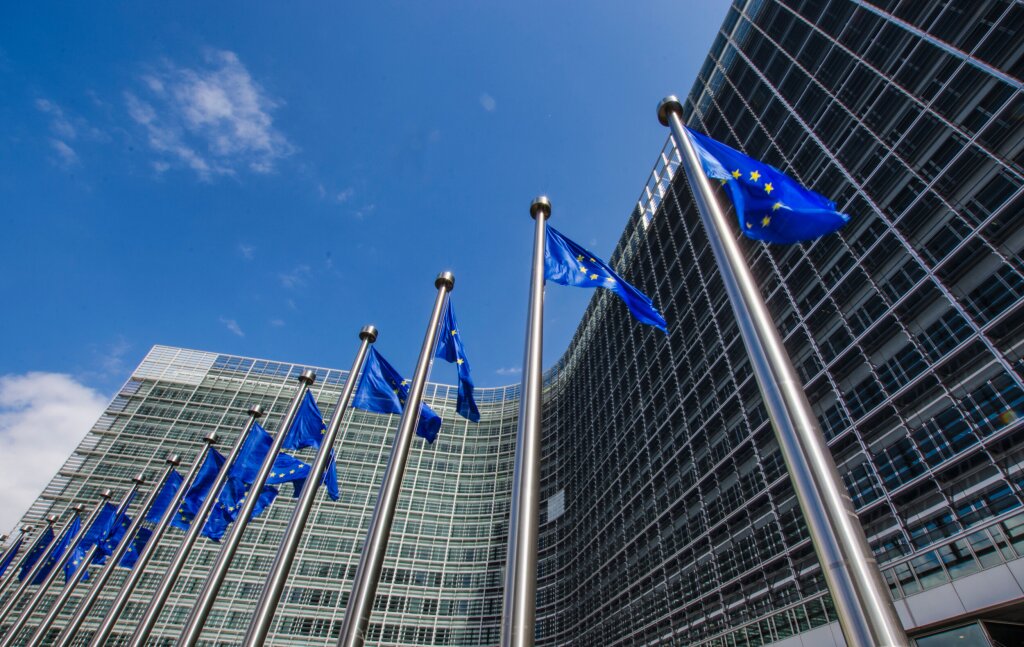
Key takeaways:
A provisional political agreement regarding the Carbon Removal Certification Framework (EU CRC-F) was reached on February 20, 2024.
It highlights European leadership to ensure proper and scientific deployment of high-quality carbon dioxide removal (CDR) and has the potential to increase integrity within voluntary carbon markets.
Climeworks believes the agreement offers a robust structure for classifying and standardizing CDR types and outlines four action areas to ensure the methodologies and certification infrastructure are prepared as efficiently as possible.

On February 20, the European Council and European Parliament reached a provisional political agreement regarding the Carbon Removal Certification Framework (EU CRC-F). Climeworks welcomes this provisional agreement, which will now be submitted to European member states’ representatives and the European Parliament’s environment committee.
The EU CRC-F defines and certifies permanent carbon removal, temporary carbon storage in long-lasting products, temporary carbon storage from carbon farming, and soil emission reduction from carbon farming. Certified carbon removals must demonstrate long-term storage, additionality, and sustainability, amongst other attributes. In addition, they must undergo third-party verification and be published for transparency.
The EU CRC-F highlights European leadership in using a regulatory approach to ensure proper and scientific deployment of high-quality carbon dioxide removal (CDR). By doing so, it has the potential to increase integrity within voluntary carbon markets, and having such a framework will similarly help to support future compliance market integration. The consensus reached on this legislation by EU policy makers shows continued climate ambition from the European Union, following a recent recommendation for 2040 climate targets by the EU Commission earlier in 2024, including a call for 90% reductions compared to 1990 levels, and reference to carbon removals as essential to reaching this goal.
Climeworks believes that this agreement offers a robust structure for the classification and standardization of CDR types. As a next step, it will be important that the European Commission begins preparing resultant methodologies and its certification infrastructure, allowing projects to progress within the system’s certification pathway. To do so as quickly and efficiently as possible, Climeworks sees four actions as particularly necessary.
First, to fast-track the development of a direct air capture (DAC)-specific methodology, given continued references to industrial carbon removals, including DAC, in the European Union’s recent NZIA, ICMS, and other plans and regulations.
Second, to allow for continuous updates and reviews of CRC-F methodologies to reflect the latest scientific findings, and an openness to new types and technologies of CDR.
Third, to provide timely and transparent information about the implications of the EU CRC-F for carbon removals and how this can help further incentivize CDR deployment within the EU.
Fourth, to strengthen international collaboration. As the EU is now leading the regulatory space around carbon removals, working with other global partners will be essential to further integrate the EU CRC-F into different carbon market frameworks.
Climeworks looks forward to seeing further work of the corresponding methodologies for carbon removal measuring, reporting, and verification, alongside full implementation of the framework.
Looking for more insights on carbon removal policy developments?
Lead the race toward net zero
High-quality carbon removal for your climate strategy.


